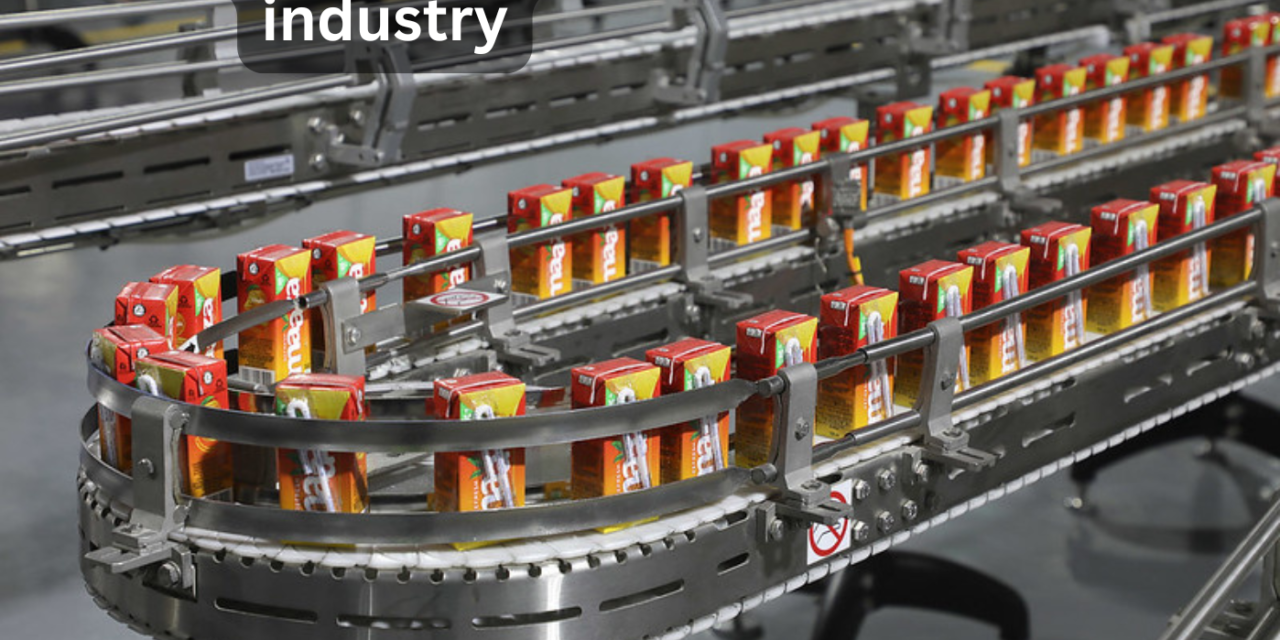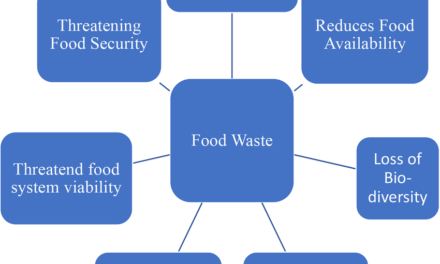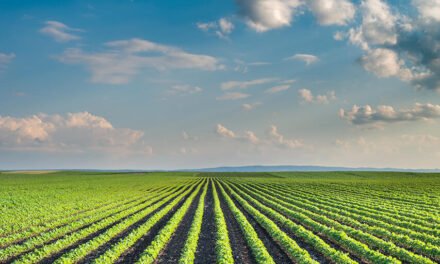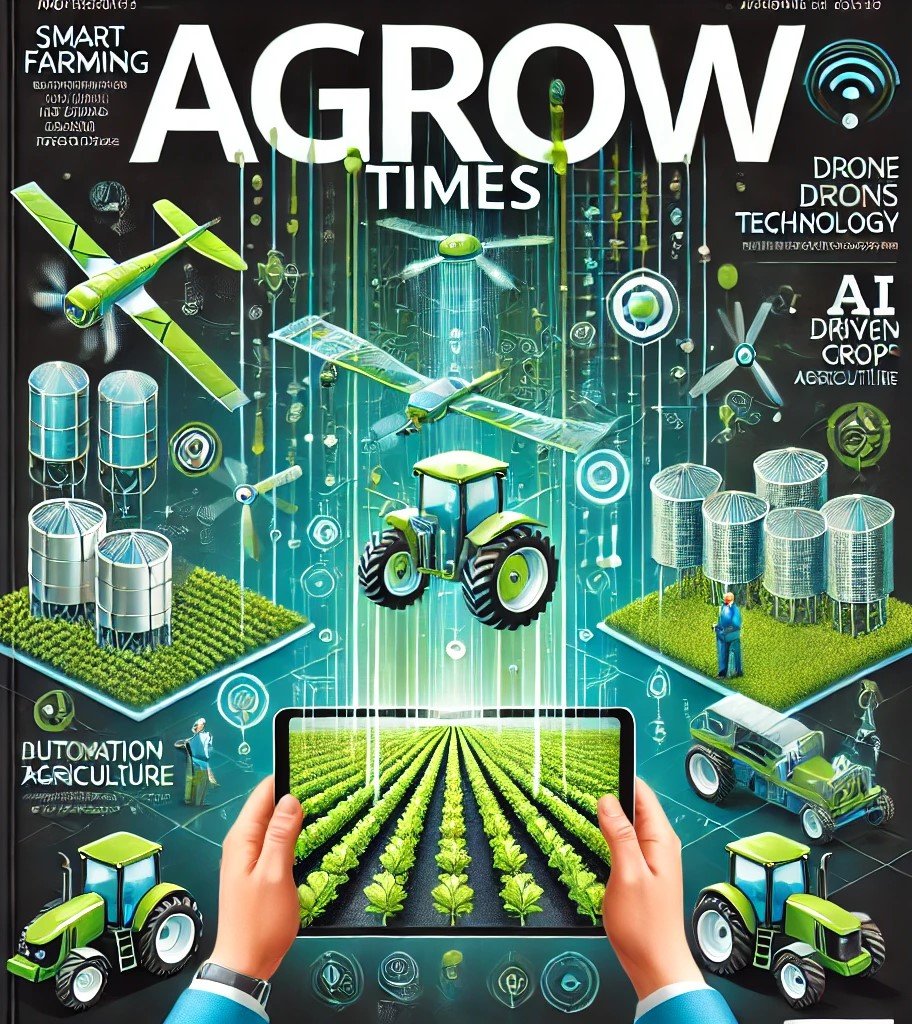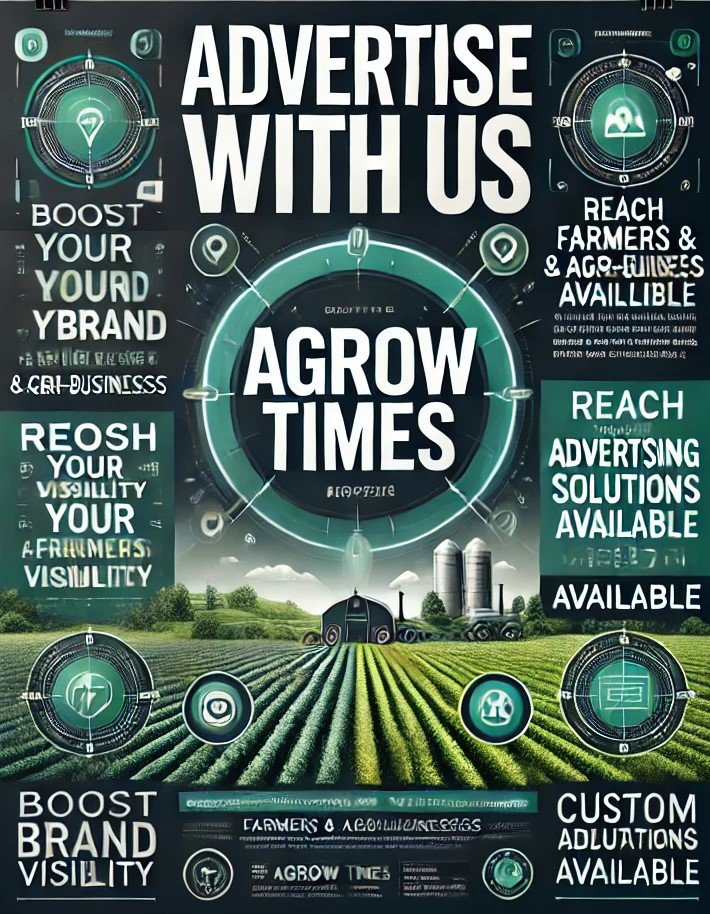The beverage manufacturing industry employs various strategies and practices to ensure product safety and quality throughout the production process. These measures address potential risks, maintain standards, and meet regulatory requirements. Key approaches include:
1. Raw Material Quality Control
- Description: Ensuring the quality and safety of raw materials is a fundamental step. Manufacturers source high-quality ingredients and conduct tests for contaminants, pesticides, and microbial pathogens.
- Examples: Inspection of fruits for juices, testing water for purity, and analyzing grains for toxins or mold.
2. Compliance with Regulatory Standards
- Description: Manufacturers adhere to local and international food safety regulations and standards, such as HACCP (Hazard Analysis and Critical Control Points), FDA regulations, and ISO certifications.
- Examples: Regular audits and inspections to ensure compliance with safety laws and industry standards.
3. Good Manufacturing Practices (GMP)
- Description: Beverage facilities follow GMP protocols, which include maintaining clean environments, proper hygiene practices, and equipment sanitation to prevent contamination.
- Examples: Routine cleaning of bottling lines, handwashing protocols for workers, and sanitization of storage tanks.
4. Process Monitoring and Control
- Description: Automated systems monitor critical production parameters, such as temperature, pressure, and pH, to ensure processes meet safety and quality criteria.
- Examples: Pasteurization to eliminate pathogens in juices, monitoring carbonation levels in sodas, and ensuring the correct fermentation temperature in alcoholic beverages.
5. Packaging Integrity
- Description: Packaging is designed to protect beverages from contamination and preserve freshness. Tamper-evident seals, sterile bottling, and proper material selection help maintain safety.
- Examples: Using aseptic packaging for milk and juices, vacuum-sealed bottles, and UV-resistant packaging for light-sensitive beverages.
6. Microbiological Testing
- Description: Products are tested at various stages of production for microbial contamination, such as bacteria, yeast, and mold.
- Examples: Testing finished products for E. coli, Salmonella, and Listeria before distribution.
7. Traceability and Batch Control
- Description: Manufacturers implement traceability systems to track ingredients and products through every stage of production, enabling quick identification and resolution of issues.
- Examples: Barcode systems, digital batch records, and blockchain technology for ingredient tracking.
8. Shelf Life and Stability Testing
- Description: Manufacturers conduct stability tests to determine shelf life and ensure that products remain safe and of high quality over time.
- Examples: Testing beverages under different storage conditions to assess changes in taste, color, and safety.
9. Employee Training and Awareness
- Description: Workers are trained in food safety protocols, hygiene, and proper handling of materials to reduce human error and contamination risks.
- Examples: Regular workshops on food safety and training sessions on operating equipment safely.
10. Quality Assurance (QA) and Quality Control (QC)
- Description: QA focuses on systematic planning and adherence to standards, while QC involves testing and inspection of products at various stages.
- Examples: QA includes establishing production guidelines, while QC involves sampling and testing products for taste, consistency, and compliance.

